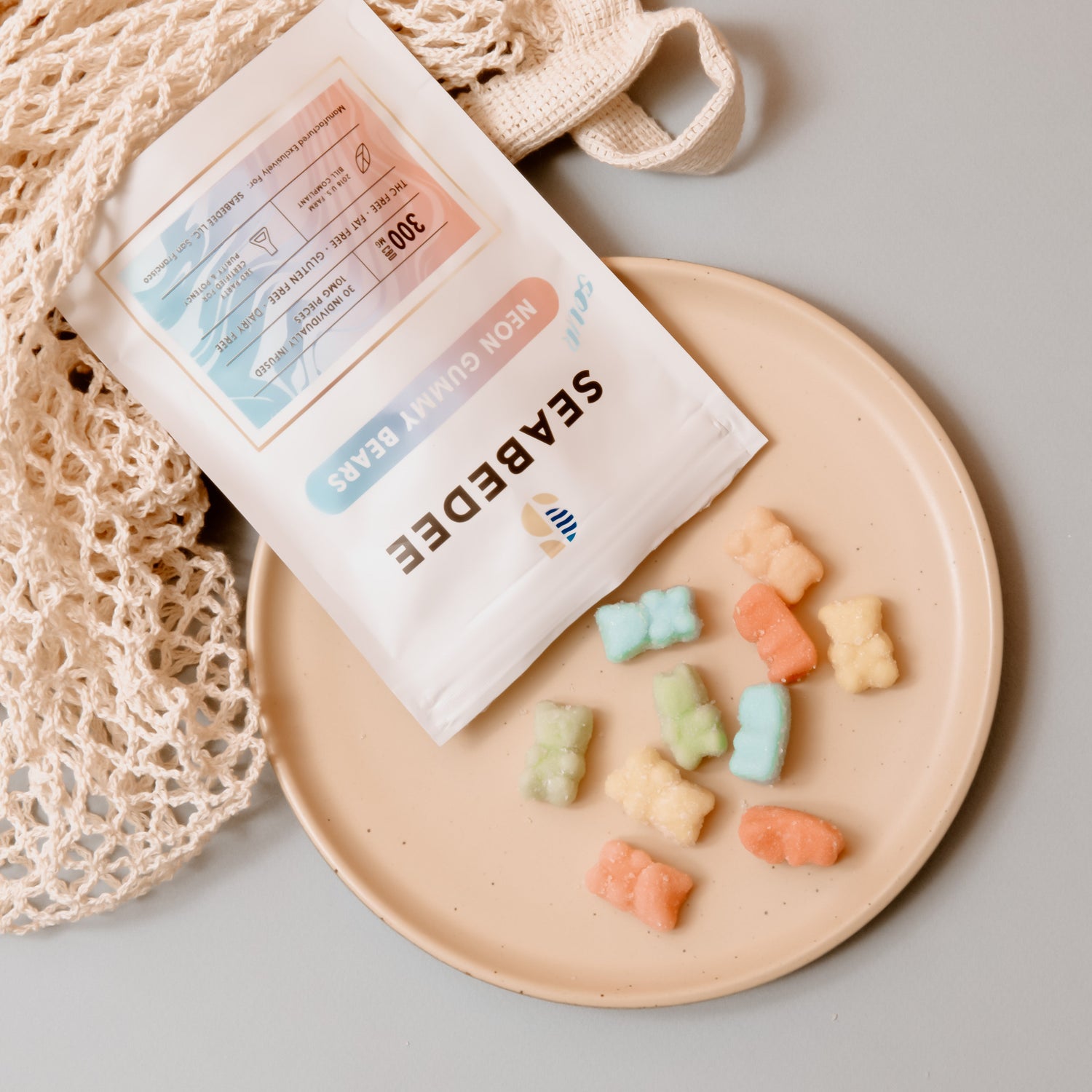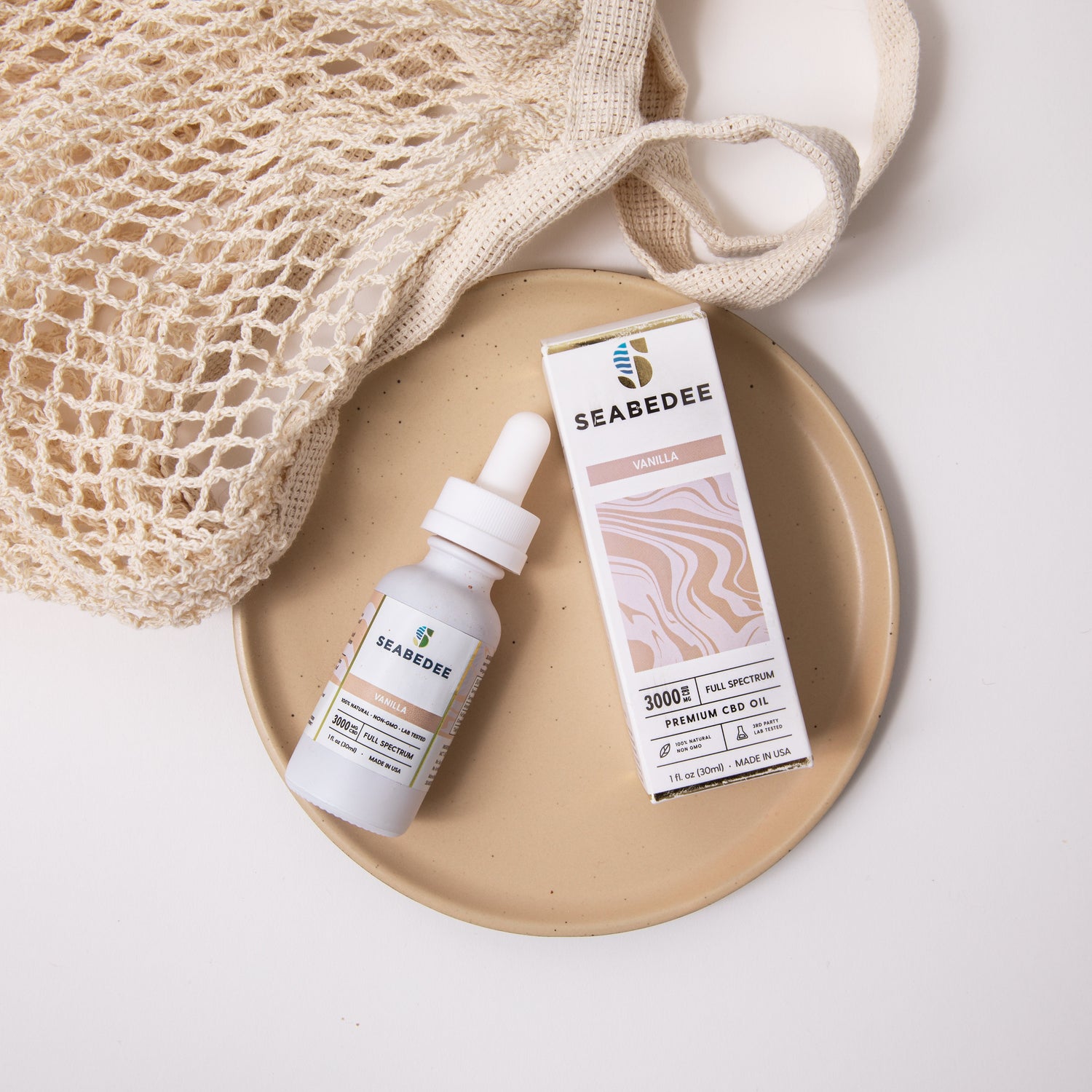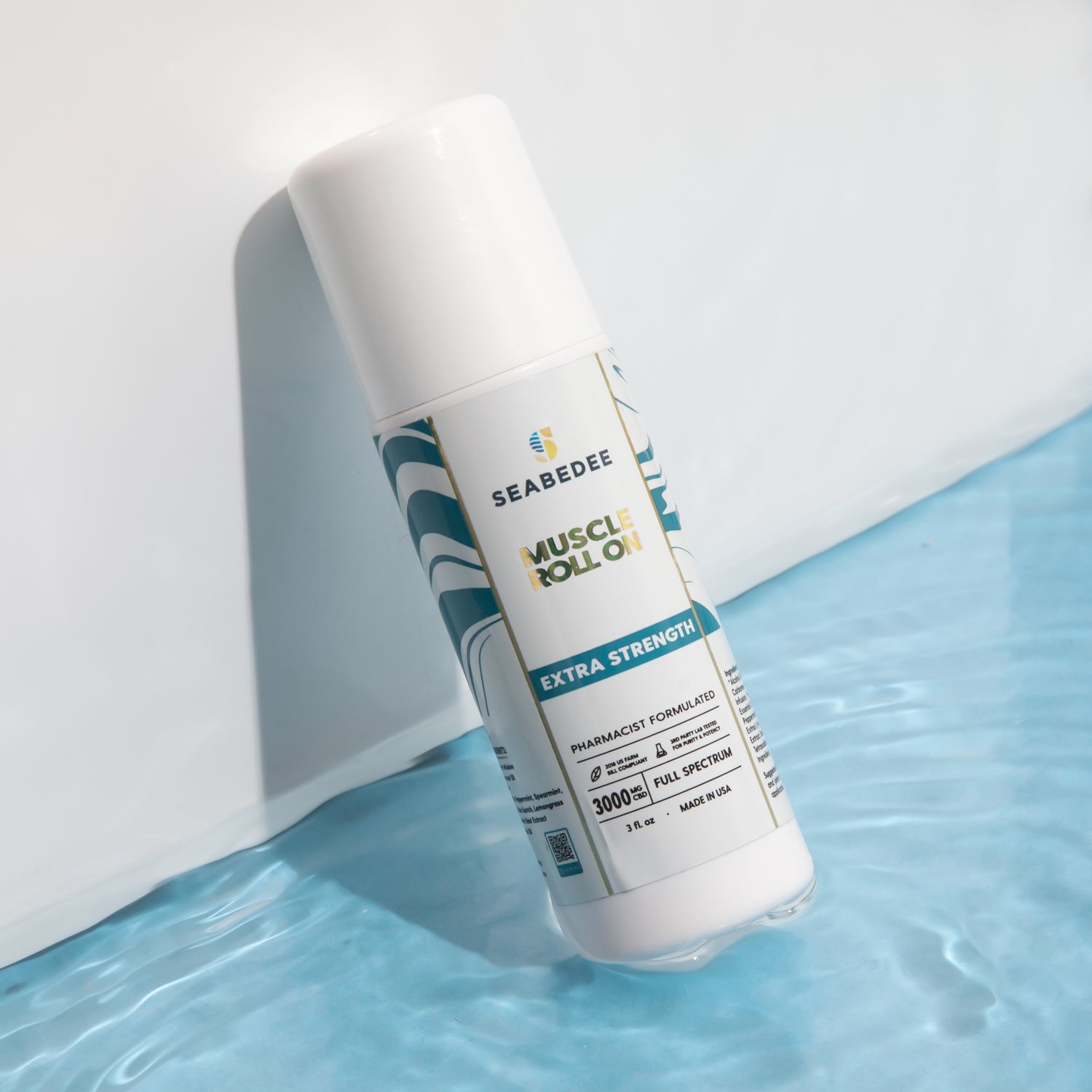Do Nalgene Bottles Have Microplastics? What You’re Really Drinking From Popular Reusable Bottles
If you’re using a plastic bottle like a Nalgene every day, it’s easy to think it’s the “safe” choice. It’s reusable. It’s popular. But here’s the thing—plastic doesn’t stay solid forever. Over time, it breaks down. That’s how you end up with microplastics in water bottles.
How Microplastics End Up in Bottled and Stored Water
You don’t need to leave it in the sun or throw it in the microwave. Just normal daily use can do it. Here’s how:
-
Rinsing it with hot water
-
Leaving it in a hot car
-
Shaking it with protein or electrolyte powders
-
Scrubbing the inside with a brush
-
Filling and refilling it over months or years
All of these things create friction, heat, and wear. And every one of those actions can release tiny plastic particles into your drink. That’s how we end up with microplastics in water bottles—even the reusable ones.

And here’s the kicker: even if the water looks clean, that doesn’t mean it’s free from plastic. You can’t see microplastics. You can’t taste them. But you might be swallowing them with every sip.
You Might Already Be Carrying the Evidence
If you’ve been using a plastic bottle regularly, there’s a chance you already have plastic particles in your bloodstream. And no, your filter can’t tell you that. You won’t know unless you test your body directly.
That’s why we built MicroplastX.
We give you a way to go beyond guessing. With our home microplastics test kit, you can check if you’ve been exposed to microplastics in water bottles or other plastic sources. It’s quick, private, and gives you data you can use.
You may already have microplastics in your bloodstream—test with MicroplastX, and this why we started this mission at MicroplastX.
An external study from the University of Newcastle in Australia found that the average person may be ingesting a credit card’s worth of plastic each week. That’s not from one source—it’s from plastic exposure stacking up over time.
And one of the biggest culprits? Microplastics in water bottles.
What Is Nalgene Made Of and Is It Safe?
Nalgene bottles are made from Tritan plastic, a BPA-free alternative that became popular after health concerns about bisphenol-A hit the headlines. Tritan was marketed as tough, clear, and safe. But here’s the problem—safe doesn’t mean particle-free.
Nalgene’s Tritan Plastic: Better, or Just Different?
Even though it’s BPA-free, Tritan is still plastic. And plastic, no matter the formula, still breaks down under pressure. That’s how we get microplastics in water bottles, even in bottles labeled “safe.”
So while Tritan avoids some chemicals, it doesn’t stop wear and tear. And once that wear begins, your water may be carrying invisible plastic pieces right into your body.
Do Reusable Plastics Actually Release Microplastics?
There isn’t a label on the bottom of the bottle that says, “Hey, I might shed plastic into your drink.” But long-term use tells a different story. Even high-quality reusable plastics can break down over time.
Here’s what affects how much plastic you might be drinking:
-
How often you use the bottle
-
How hot the liquid is
-
How often you wash or scrub it
-
How long you’ve owned it
It’s not just about brand. It’s about usage. And with enough wear, any plastic bottle becomes a source of microplastics in water bottles.
And again—you can’t see it. You can’t smell it. You can’t feel it. That’s why body testing matters more than guessing.
MicroplastX helps you uncover the hidden risks of plastic use. We make it possible to test for exposure without needing a lab or a specialist.

Our test kit is built for real people who want to know what’s actually happening inside their bodies—not just what’s in the bottle.
Whether you’re using a Nalgene, another Tritan brand, or even disposable water bottles, the issue stays the same. You may be exposing yourself to microplastics in water bottles without even realizing it.
Microplastics aren’t just a water problem. They’re a body problem. And we’re here to help you solve it.
Do Reusable Bottles Help or Hurt?
Reusable bottles sound like a smart move. You avoid single-use plastics, save money, and reduce waste. But if you're using plastic bottles every day, you're still at risk of microplastics in water bottles.
The Truth About Reusable Plastics
Even high-end reusable plastics wear down over time. They’re constantly exposed to heat, shaking, and washing. That wear leads to micro-shedding—small bits of plastic breaking off and mixing with the water you drink.
Here’s what happens with reusable plastic bottles:
-
Repeated use causes surface breakdown
-
Washing with hot water releases more particles
-
Storing acidic drinks or hot liquids speeds up plastic leaching
-
Scratches inside the bottle trap and release plastic debris
That’s how you end up with microplastics in water bottles without realizing it.
Are They Better Than Single-Use Bottles?
Compared to disposable bottles, reusable ones do reduce environmental waste. But they don’t fully solve the health risk. Many single-use bottles also leach microplastics into water—especially when stored in heat or light.
So what’s the better option?
-
Stainless steel bottles
-
Glass bottles with silicone sleeves
-
Ceramic-lined bottles
-
BPA-free materials tested for long-term stability
These don’t shed microplastics like plastic bottles can.
Still, no bottle guarantees zero exposure. That’s why we suggest combining better bottle choices with actual testing.
If you want to know how much plastic you’ve already taken in, you need to measure it—not guess. That’s where we come in at MicroplastX. Our test kit gives you real numbers, not assumptions.
Measure your actual intake with MicroplastX’s test kit. We built it so anyone can get answers from home.
Test Your Exposure and Don’t Guess
You could be using the best water filter and still drinking microplastics in water bottles. Filters aren’t perfect. And more importantly, they can’t tell you what’s already in your body.
Filters Can’t Tell You What’s Already Inside
That’s the problem. Most of us are guessing. We assume clean water means no risk. But invisible plastic particles can still slip through—even if you’re careful.
And once they’re in your body, they can stay there. Over time, microplastics can pass through the gut barrier, move into tissues, and build up in your bloodstream.
We created MicroplastX to give people an easy way to find out what they’ve actually been exposed to. Our at-home microplastics blood test is simple, private, and built for everyday use.
It’s not about fear. It’s about data.
Why Blood Testing Is the Only Real Proof
You can’t tell exposure from symptoms. You can’t feel microplastics. The only way to know is through testing.
Here’s what makes our test different:
-
It’s designed specifically to detect microplastics in blood
-
It doesn’t require a lab visit
-
You collect the sample from home
-
We process it and send clear, usable results
-
You can track exposure and change habits based on real data
This test is the missing link. You might be trying to avoid plastic, but without testing, there’s no way to measure success. Our test closes that gap.
And if you’ve been drinking from reusable plastic bottles, even high-end ones, you should absolutely check for microplastics in water bottles that may have entered your body.
Get results you can act on—test with MicroplastX.
Whether you’ve used plastic bottles for years or just switched to reusable ones, don’t assume you’re safe. Test, know, and take action. That’s what we’re here for.
Do Reusable Bottles Help or Hurt?
Reusable bottles might seem like the safer choice, but that doesn’t mean they’re free from microplastics in water bottles. Every time you shake up a drink, wash with hot water, or toss your bottle in the car, plastic can start to wear down. That’s when tiny particles end up in your water—and eventually your body.
Why Reusable Plastic Isn’t Always Safer
Everyday wear and tear causes this to happen:
-
Heat from dishwashers or boiling water
-
Acidic drinks breaking down the plastic
-
Scratches from brushes or ice cubes
-
Repeated use over months or years
You may not see the damage, but it's there—and it's how microplastics in water bottles enter your system.
Are Reusables Still Better Than Single-Use?
Reusable plastic does reduce waste, but it doesn’t always reduce health risks. In fact, repeated use can sometimes release more microplastics in water bottles than single-use bottles left in the sun or heat.
If you're trying to make safer choices, here are better options:
-
Stainless steel bottles that don’t break down
-
Borosilicate glass with silicone sleeves
-
Ceramic-lined bottles
-
BPA-free materials verified for long-term safety
No bottle is perfect. That’s why you can’t rely on the bottle alone to protect you from microplastics in water bottles. You need to know what’s already inside your body.
That’s why we created MicroplastX. We help you go beyond assumptions with our at-home microplastics blood test. You collect your sample, send it in, and get clear results.

If you’re still drinking from plastic, even reusable ones, it’s time to stop guessing. Microplastics in water bottles are real, and we make it easy to measure their impact. Start with MicroplastX today to see what your bottle may have already left behind.
An external study published in PubMed revealed that older reusable plastic bottles can release significantly more microplastics into drinking water than new ones—especially when exposed to heat.
Test Your Exposure and Don’t Guess
Most people assume reusable bottles are clean. But microplastics in water bottles can’t be seen, smelled, or tasted. You could be drinking plastic particles every single day and have no clue.
What You Can’t See Still Matters
You won’t know what your body has absorbed unless you test for it. Filters help reduce exposure, but they don’t tell you what’s already inside you.
We created MicroplastX for that reason. You can use our microplastics blood test kit at home, collect a sample in minutes, and get results that show if you’ve been exposed to microplastics in water bottles.
Microplastics pass into your bloodstream through repeated use of plastic bottles. Once they’re in, they don’t leave easily. That’s why early testing is so important.
Why Our Test Gives You the Full Picture
Using filters and switching to better bottles is great—but that’s only half the story. The real question is: how much exposure has already happened?
Here’s what you get when you test with MicroplastX:
-
Insight into your current microplastic levels
-
Clear answers based on actual blood data
-
A better understanding of your daily risk
-
Information to guide your lifestyle choices
-
Peace of mind you won’t get from filters or assumptions
Our test is the only way to see the true cost of drinking from bottles that release microplastics in water bottles. And we’ve made it simple so anyone can use it—no labs, no doctors, just you and real answers.
If you're ready to take control, get started here. If you want to understand why we’re on this mission and how we’ve helped thousands take action, read more about us.
Microplastics in water bottles don’t stay in the bottle. They end up in you. Test today, don’t wait. We’re here to help you find out what your water bottle may be hiding.



